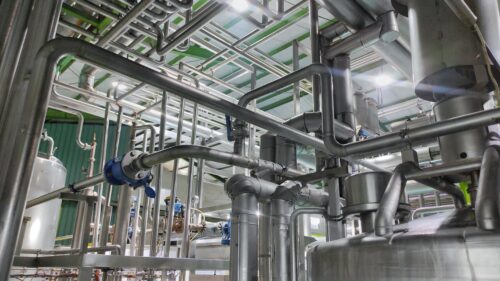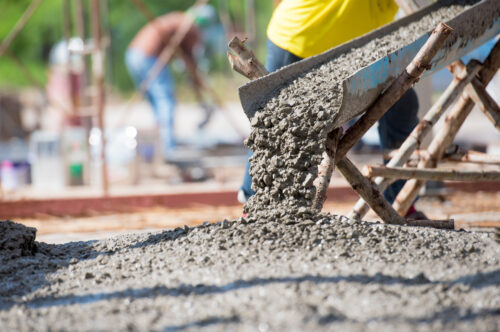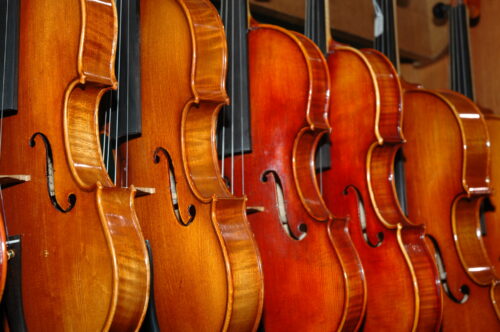Steam Applications for Different Industries
Leave a CommentBecause it is so versatile, steam is used in many industries. It’s common to find steam sanitization systems and specialized manufacturing processes that incorporate steam in many settings. Steam generators are an affordable and reliable source of steam ready to use, on demand.
Below are just a few examples of steam sanitation operations and other ways steam is used in manufacturing.
Steam Pipe Cleaning

- Oil and gas industry pipes
- Paint lines and nozzles
- Filling lines, bottles, and conveyors in beverage bottling
Similarly, home and commercial kitchen drains can be cleaned with steam. It removes grease and food residues from drains and grease traps without chemical cleaners or clog removers.
Furniture Bending

The hot steam softens the lignans and fibers in the material so it can be formed into the desired shape. The softened material is clamped or braced against a metal form and left to cool. Once cool it will retain the new shape.
This method does not involve glues or cuts to the material, which reduces waste and scrap. The end result is also highly aesthetic because the process does not break the wood grain or cause cracks.
 Musical Instruments
Musical Instruments
Steam bending is also used in making wooden musical instruments such as guitars or violins. The principles of steam bending for musical instruments are very similar to those for making furniture and in woodworking.
Heating of Railcars and Shipping Containers

Steam is also used to clean and sanitize rail tank cars to remove grease and residues and prevent microbial growth. Dry steam is used, so it does not leave standing or condensed water behind. Another advantage to steam cleaning is portable systems can be brought to the individual railcars instead of sending them all to a separate facility for cleaning.
Concrete

Curing concrete with high-pressure steam is beneficial when high early strength is needed for quick unmolding, or when the concrete requires heat to properly hydrate. Pieces must be enclosed in an autoclave to control the pressure, so this process is limited to smaller pieces. High-pressure curing is used in areas with cold temperatures for relatively quick curing.
It is also possible to steam clean concrete once it is properly cured and finished, such as in flooring, landscaping, or driveway applications.
Candy

A conveyor belt moves the candies into a chamber filled with food-grade steam. This heats them just enough to partially melt the surface. They are slightly moistened by the humidity as well.
Next, the candies are conveyed into a rotating, double-walled cylinder, along with a large amount of sugar crystals. As the cylinder turns the individual candies tumble and are coated with the sugar. Excess sugar falls through small holes in the inner cylinder and is held in the outer one so it can be used for subsequent batches.
Once fully coated, the candies are conveyed out of the cylinder and are ready for packaging.
Contact Electro-Steam for Steam Generation Solutions
Regardless of the application, Electro-Steam has the generators and steam equipment to meet your needs. Since 1952, we’ve supplied customers in many industries with easily operated, easily maintained, top-quality steam solutions.
Our experts are ready to discuss your application and help you find the right solution based on your specifications. For more information or a quote, reach out to us today and we’ll connect you with one of our experts.

 Proudly Made in the USA
Proudly Made in the USA 
